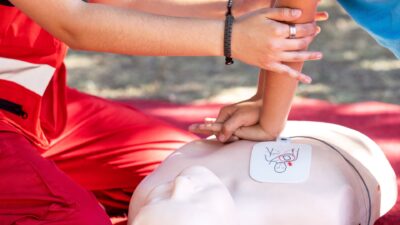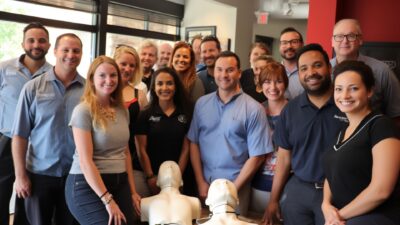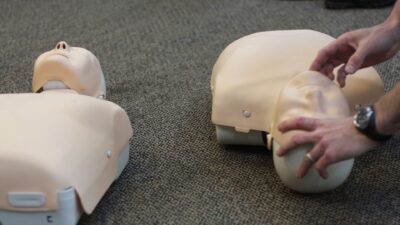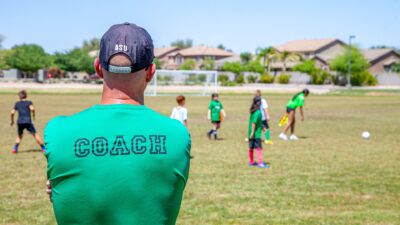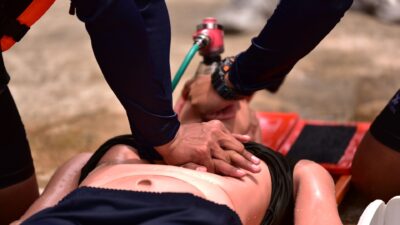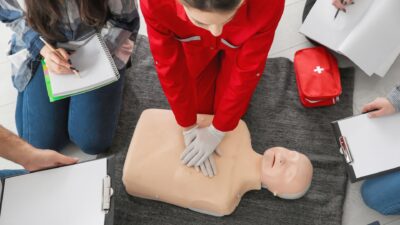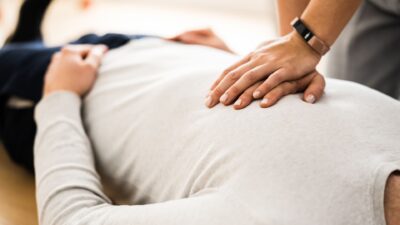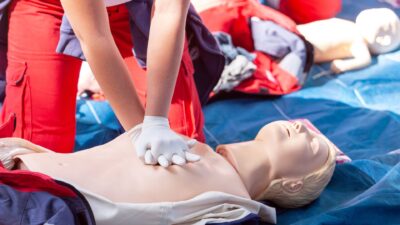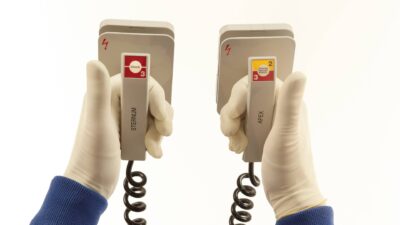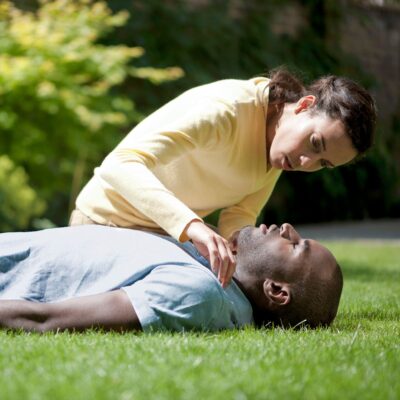
Seconds Matter: Understanding the Vital Role of Rapid CPR Intervention
Picture this: you’re at your local coffee shop waiting in line to order your double espresso latte. Suddenly, a cry for help pierces the air. Someone’s collapsed two people back from you in line, is lying unconscious on the ground, and the entire coffee shop starts panicking. They yell for a medical professional, but nobody…
Read More